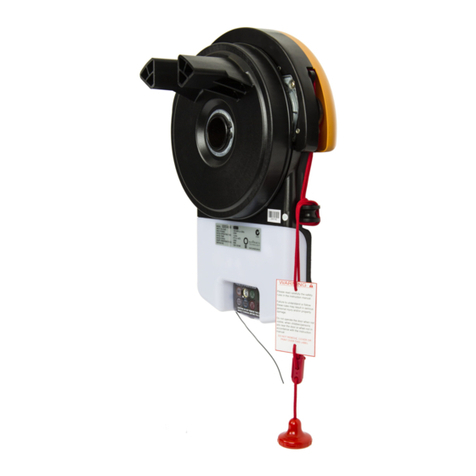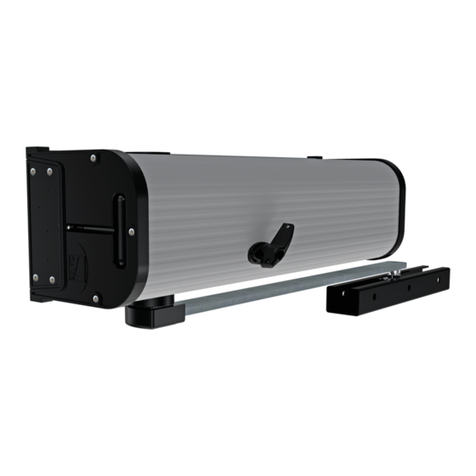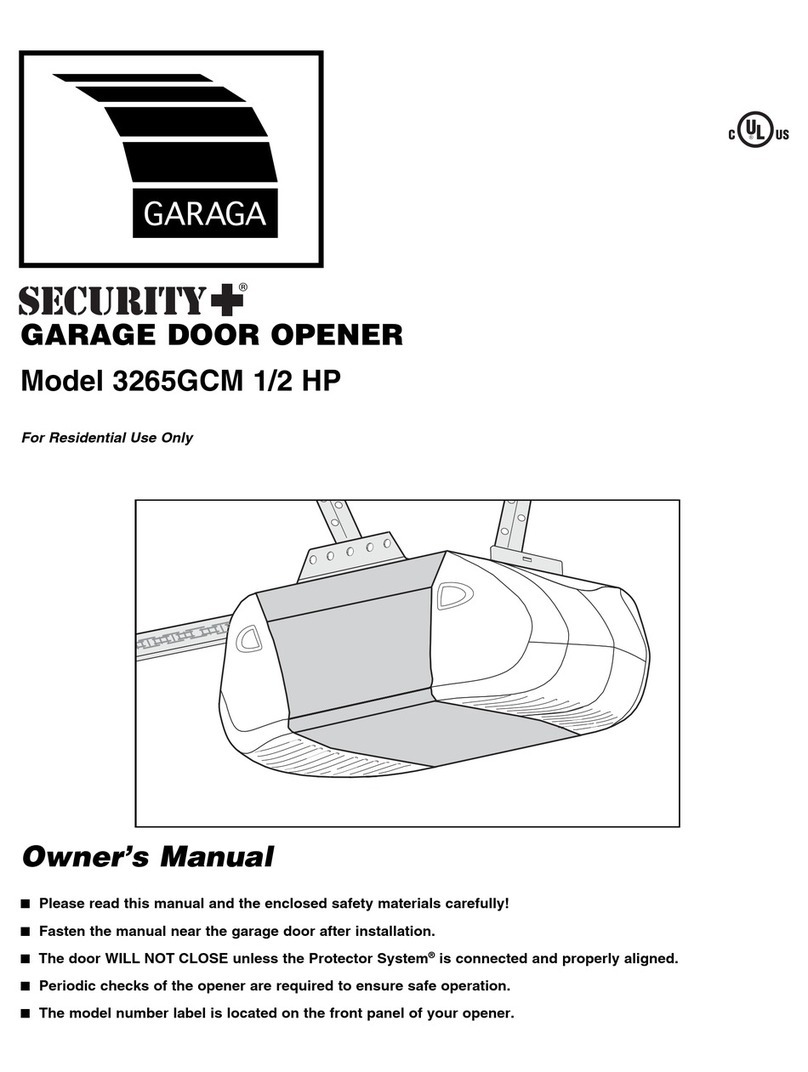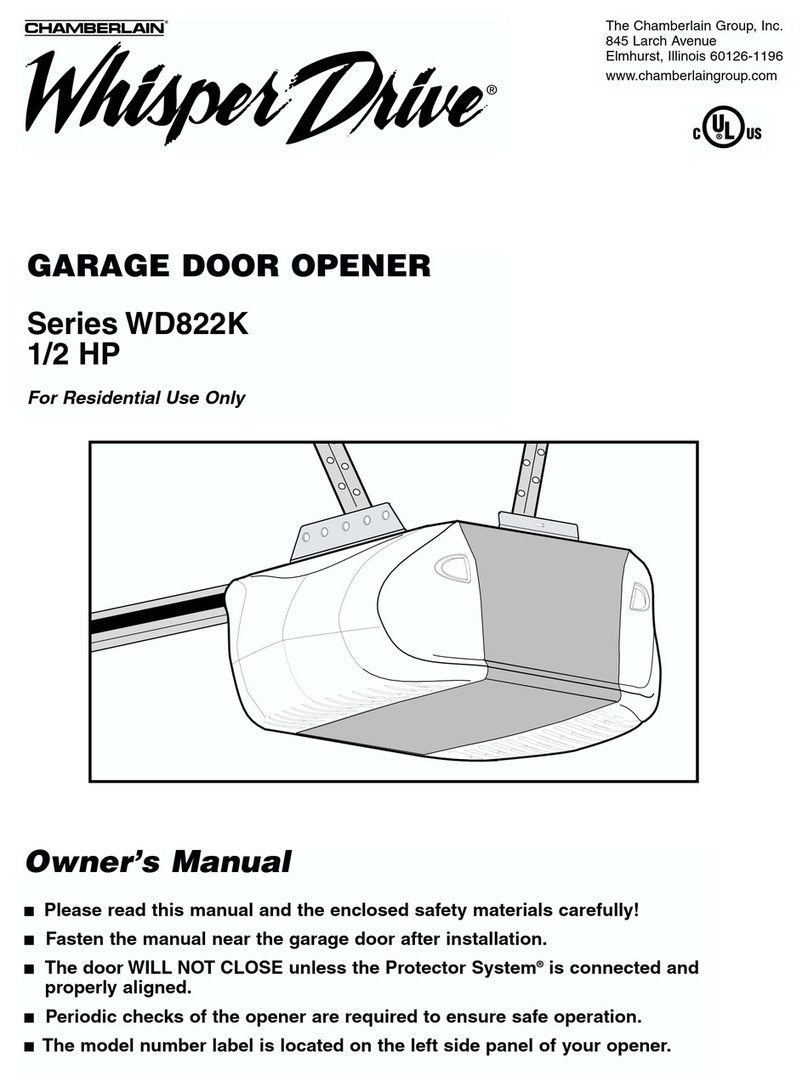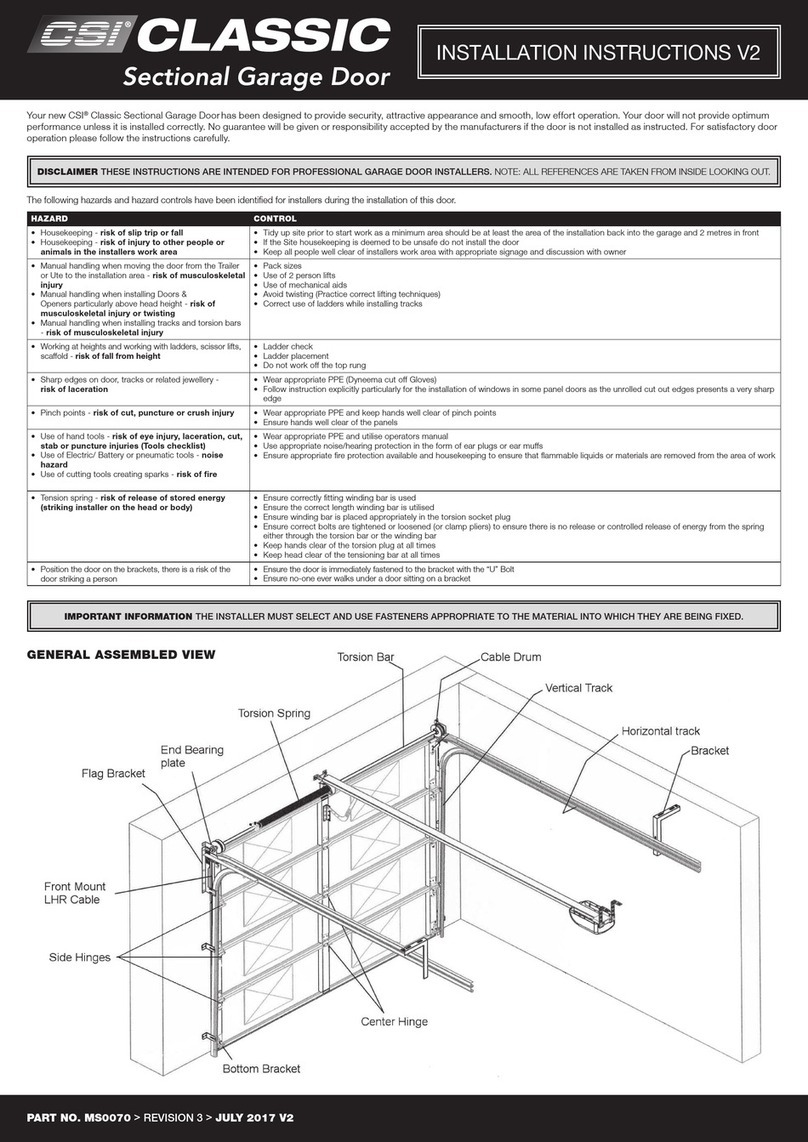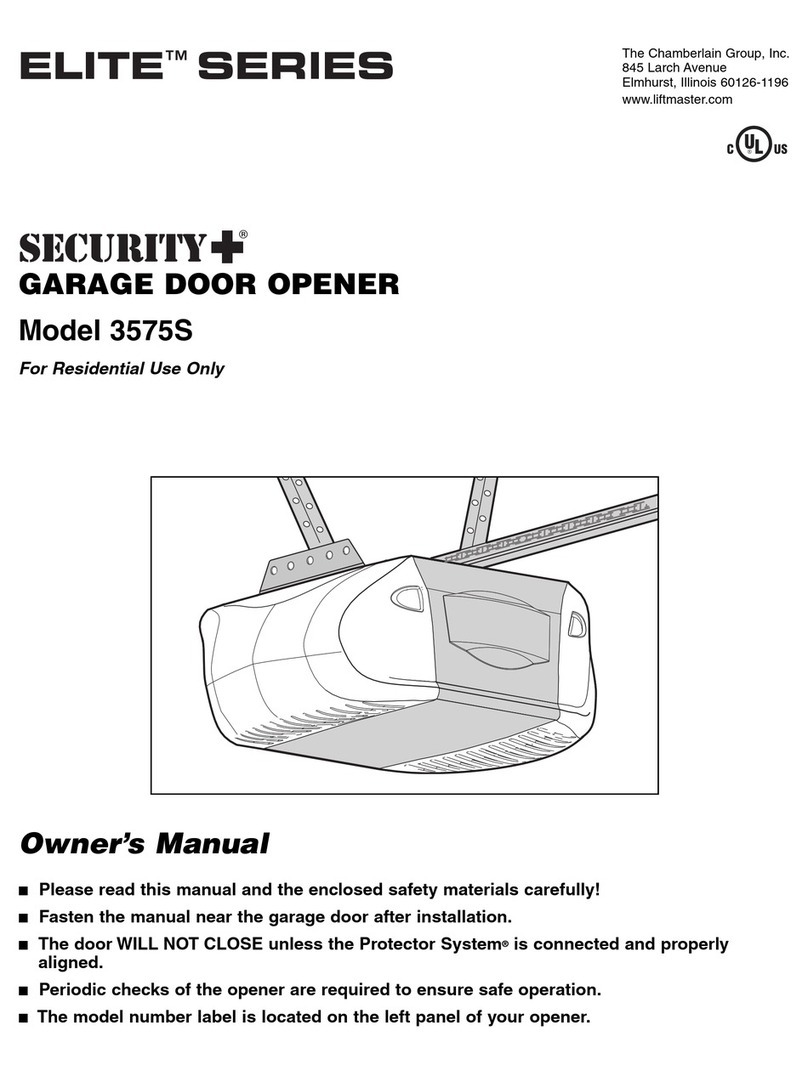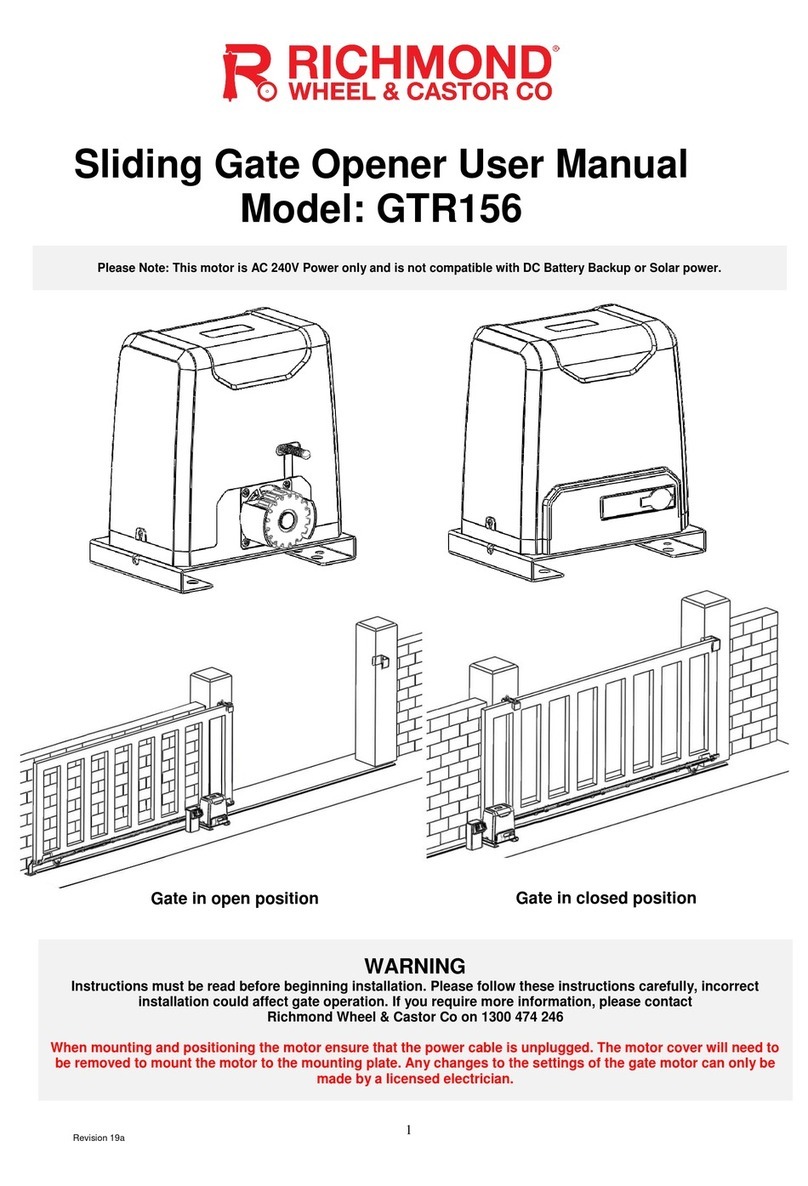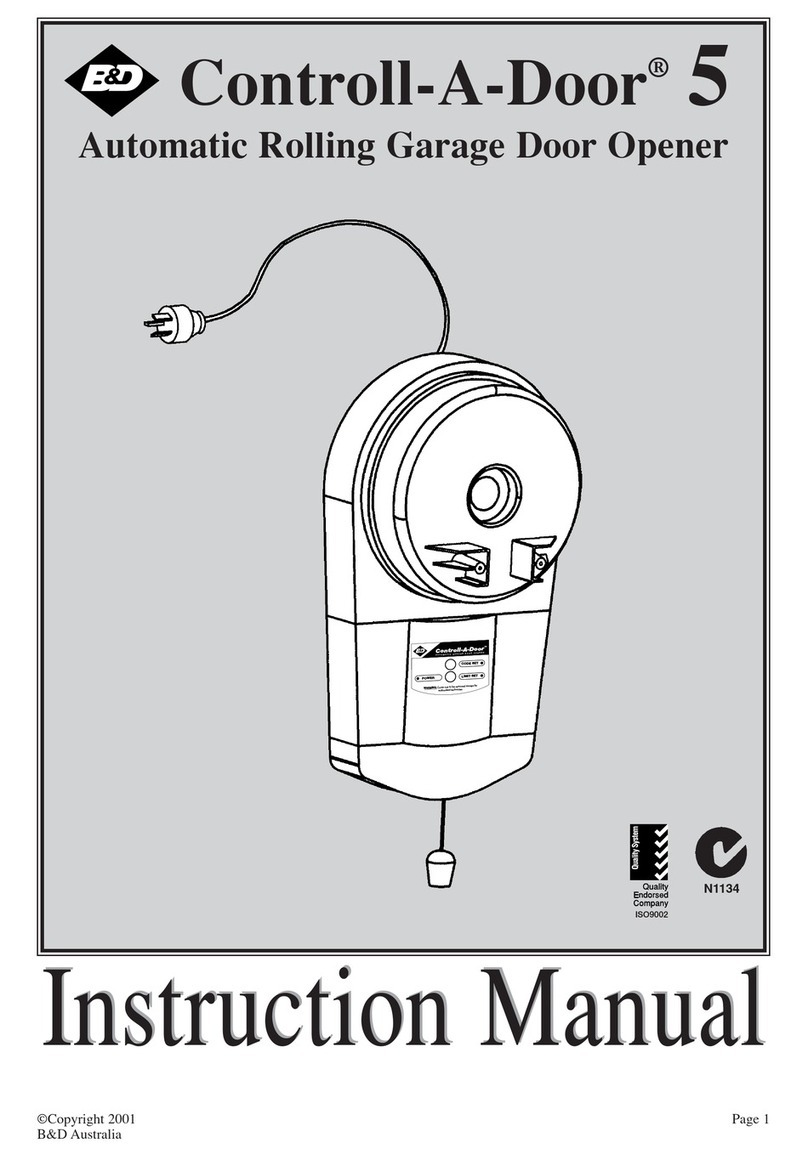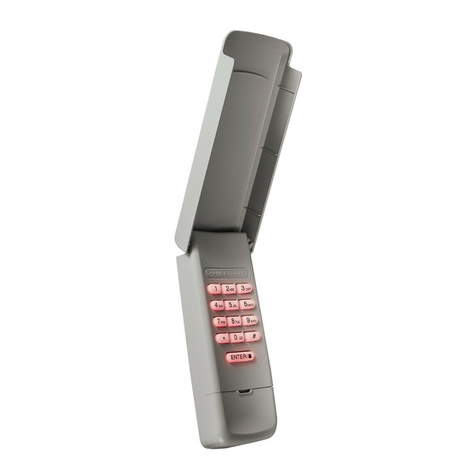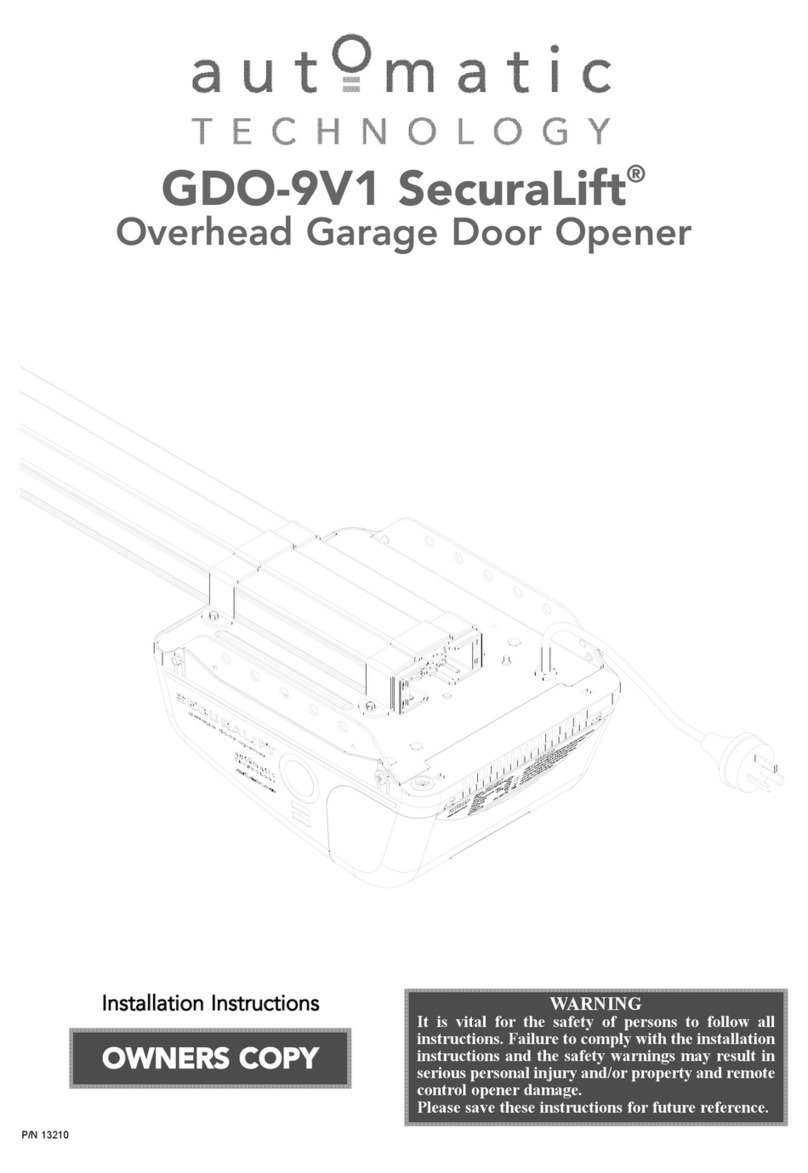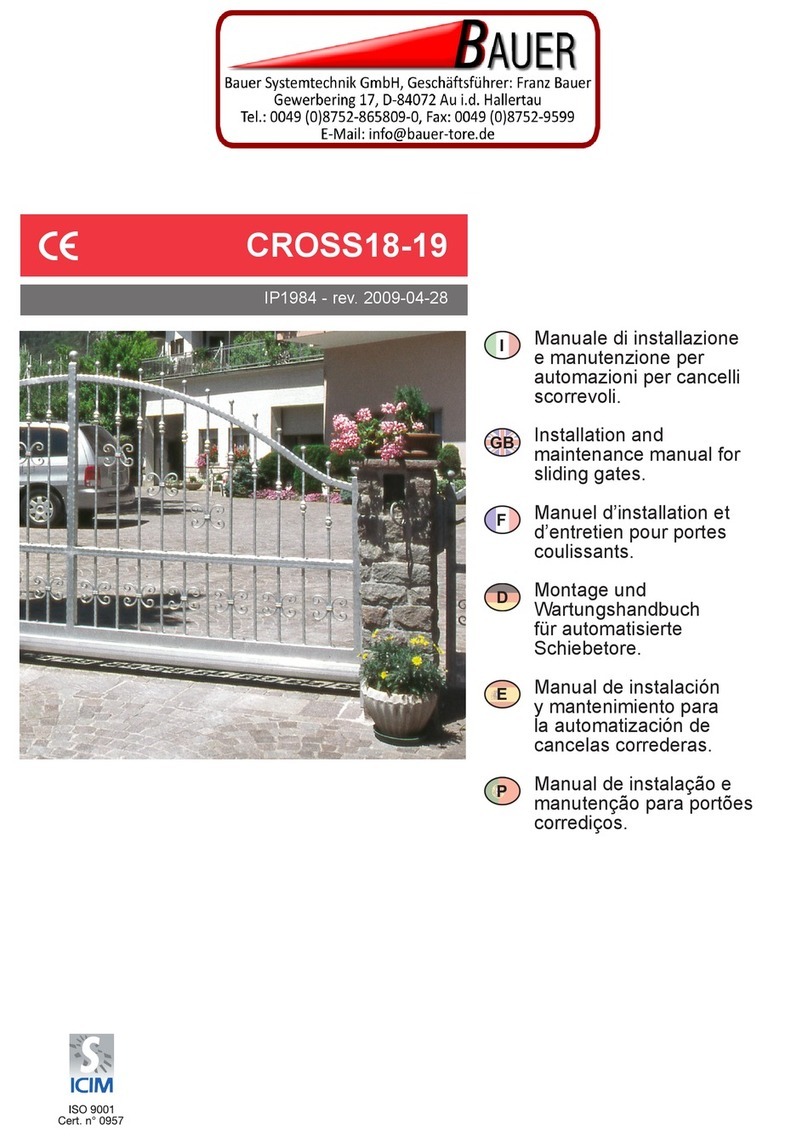
-- Page 2 --
CONTENTS
NOTES 1
CONTENTS ................................................................
.........................
2
FEATURES ................................................................
..........................
3
Introduction ................................................................
3
Physical Dimensions ................................................................
3
Technical Specifications ................................
............................
4
STANDARD INSTALLATION KIT ................................
5
WARNINGS ................................................................
.........................
6
INSTALLATION OF THE UNIT ................................
............................
7
Initial preparations for Mounting the Base Plate
7
Mounting the Rack ................................................................
8
Connecting the 220 V Electrical Supply ................................
9
Other Connections ................................................................
10
Setting the Remote Control Security Code Dip Switches
10
Programming a GEMINI Remote Control ................................
10
Fitting the Alluminium Stoppers ................................
12
Reversing the Electrical Motor Direction ................................
12
Obstruction Sensing Adjustment ................................
13
Setting The Auto Close Dip Switches ................................
14
OPERATING PROCEDURES ................................
.............................
16
Initial Testing Procedures after Installation
................................
16
Daily Operation ................................................................
16
LED Display ................................................................
17
TROUBLE SHOOTING GUIDE ................................
...........................
18
Table 1: Problems during the Installation/Operating Phase
18
MAINTENANCE ................................................................
21
Replacing the Remote Control Battery ................................
21
ELECTRICAL DIAGRAM ................................................................
22
